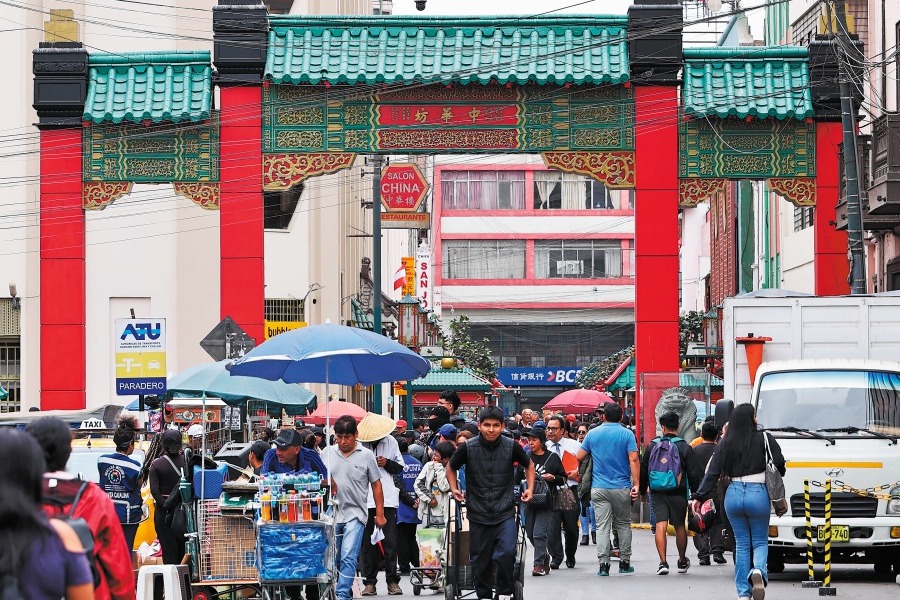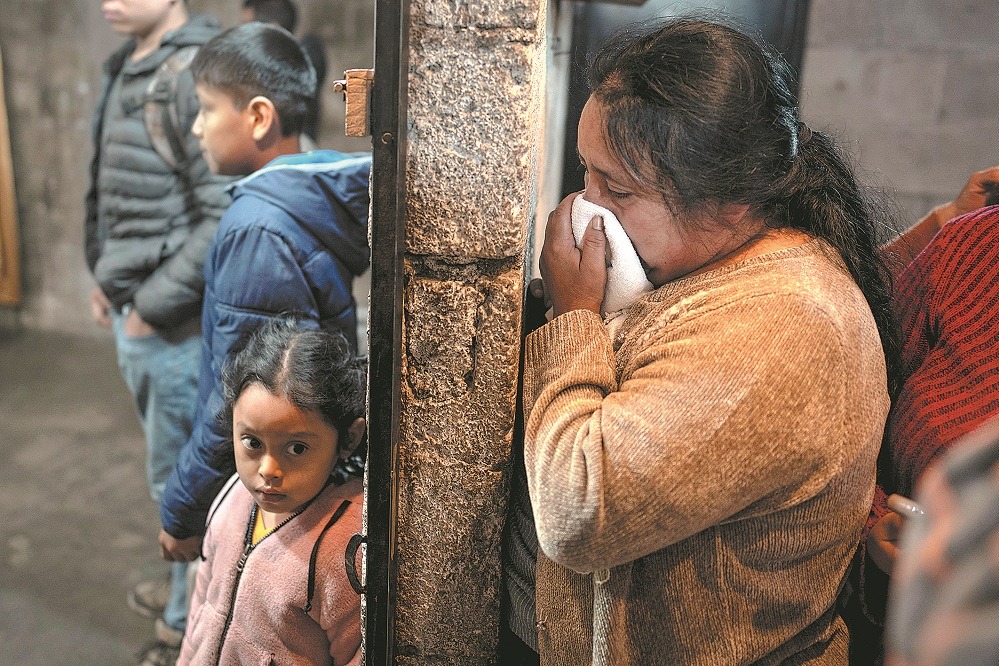Technology a cherry on cake for Chile growers

Technological innovation has helped Chilean cherry growers harvest their fruits 11 days earlier than usual this year and gain a competitive edge in the Chinese market.
" (In) the first week of November, we started with the earliest cherries and the season extends until the second or third week of January," Hector Sepulveda-Melita, a cherry farmer and exporter from Chile, told China Daily.
"Today we are talking about 80 to 85 million boxes, which is what (Chile) sends to the market, mainly the Chinese market, which absorbs between 93 and 95 percent of the cherry fruit produced in Chile," he said.
Chile is the world's largest exporter of cherries, and China is the main destination for the fruit.
Demand and prices of cherries in the Chinese market fluctuate throughout the season, based on the arrival of the fruit.
The peak season for cherries in China is from late December to early February, coinciding with the Lunar New Year celebrations when cherries are considered a symbol of good fortune and happiness.
"The market (for cherries) has been expanding in China … (partly due to the demand from Chinese importers) … but also because the Chileans … (are exporting cherries to) more regions in China," Isabel Quiroz, CEO at IQonsulting, a Chilean company that monitors the global fruit supply chain, told China Daily.
While the Chilean cherry industry managed to harvest the fruit earlier this year, climate change has greatly affected production volumes, and in turn, increased the price of the fruit.
The latest forecasts from the Chilean Cherry Committee, released on Nov 21, predict the export of almost 81.5 million cherry boxes, each weighing 5 kilograms. But the export of cherry boxes is down 14.6 percent compared to a year earlier.
"This season it has not been easy to estimate volumes due to the effect of climate change and the El Nino phenomenon, which means that volumes vary week by week," said Claudia Soler, executive director of the Chilean Cherry Committee.
"Therefore, it is an estimate … as the season progresses and the effects of the latest rains, for example, are evaluated in the field," she added.
Quiroz at IQonsulting said two factors in the production of cherries are affected by climate change.
The first is care at the production level which is managed by new frost care and roofing systems. The second factor relates to the post-harvest technology for the transport of cherries over more than 15,000 kilometers across the Pacific Ocean.
"Climate change must be addressed with technology," said Quiroz.
Meeting high standards
Despite the climate challenges in Chile, the quality and flavor of the country's cherries have improved as they are carefully selected and packed to meet the highest standards.
"We have detected which cherry varieties have the best performance from the productive and post-harvest point of view,… so that they can reach the Chinese market in perfect condition," Carlos Tapia, founder and technical director at Avium SpA, a company that provides technical advisory services to growers, exporters, and nurseries, told China Daily.
"We have … improved the management of both fruit load regulation in the trees and nutritional aspects, which also gives us an important plus from the point of view of the quality of this product," Tapia said.
The writers are freelance journalists for China Daily.
































